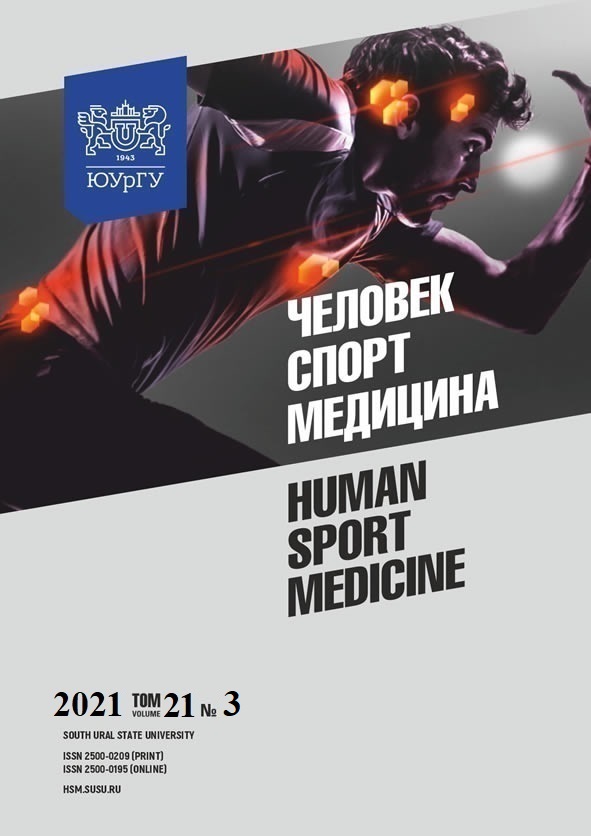STRENGTH LOAD FOR FIRST-YEAR FEMALE UNIVERSITY STUDENTS INVOLVED IN FITNESS
Abstract
Aim. The paper aims to calculate strength load for first-year female university students involved in fitness. Materials and methods. The study comprised 38 first-year female students aged from 18 to 20 years and involved in fitness. The following methods were used: somatometry, physical fitness test, muscle endurance test, assessment of cardiorespiratory and autonomic functions, statistical processing. Results. The pedagogical recommendations were based on the principles of both kinesis energonomics and physiology. The training program was created in accordance with daily routine, training schedule, sleep and rest needs, and the functional state in general; the menstrual cycle was also taken into account, as well as muscular energy metabolism and nutritional needs, which allowed to prevent overtraining. Strength, speed-strength and shaping exercises were used alternately. Aerobic exercises were used to reduce the metabolic effects of lactate. During the pedagogical experiment physical qualities and functional state showed positive dynamics, especially in the experimental group. Conclusion. The results of the pedagogical experiment prove the effectiveness of recommendations for strength training for first-year female university students involved in fitness.
References
References on translit
Copyright (c) 2021 Human. Sport. Medicine

This work is licensed under a Creative Commons Attribution-NonCommercial-NoDerivatives 4.0 International License.















